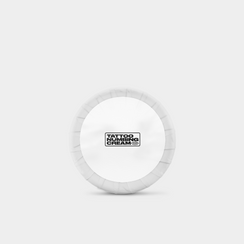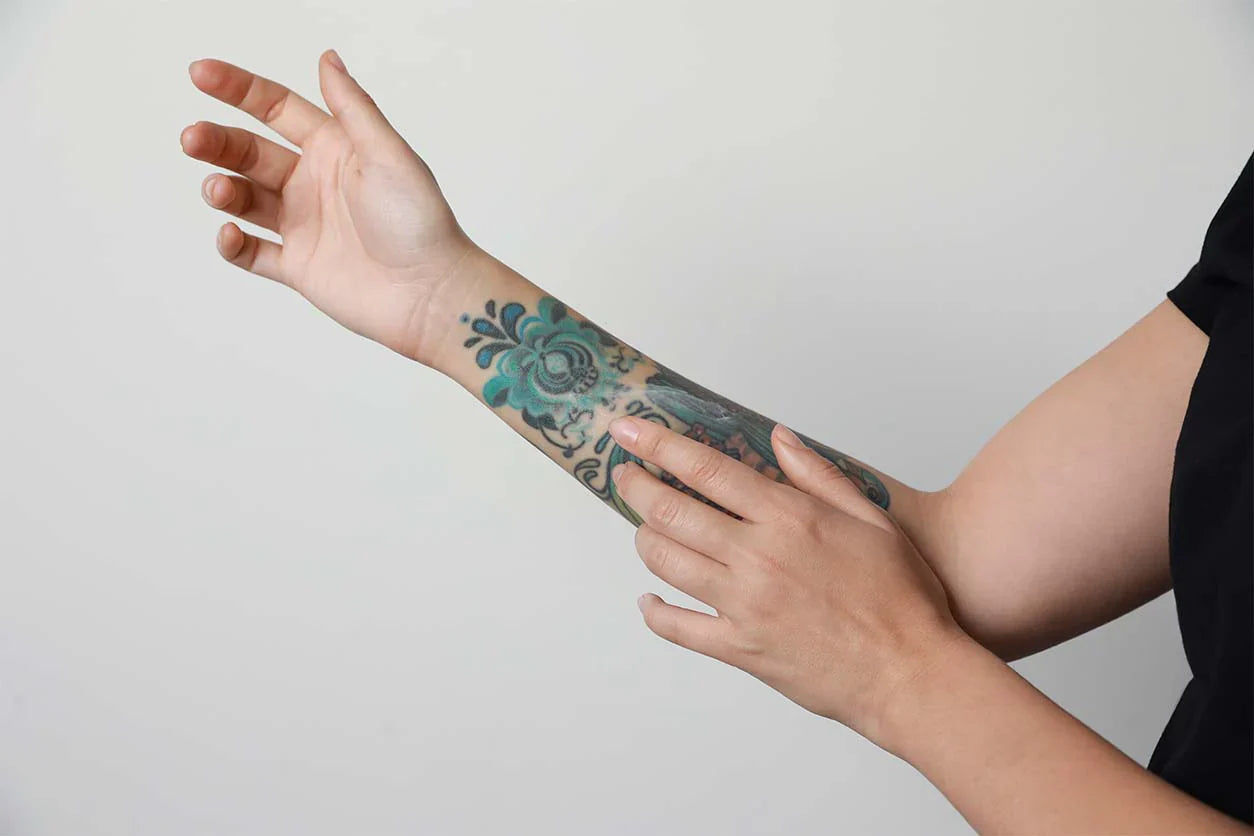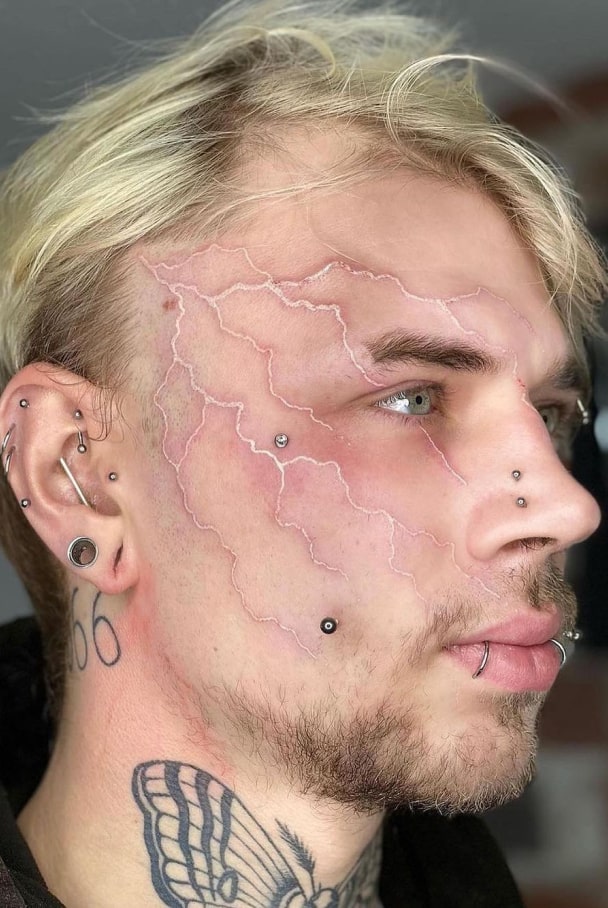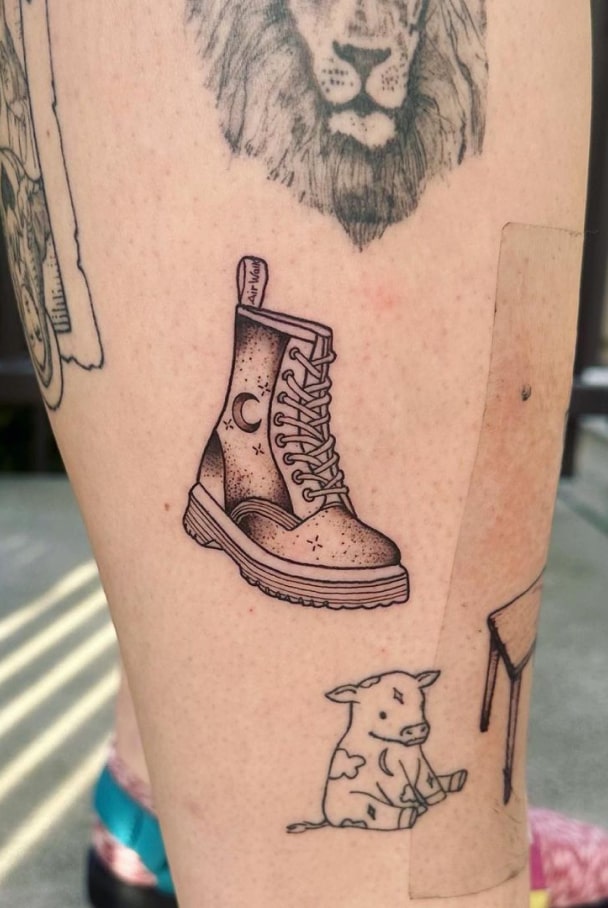In modern society, needles are used more and more commonly. Tattoos, injections, skin needling, dermarollers, microblading… with so many different procedures, you’re bound to have at least 1 needle meeting your skin at some point. What about the 20% of people who have a fear of needles? It is difficult to overcome phobias, but you’re not alone. It’s important that you work towards getting the covid vaccine for the benefit of everyone, but sometimes just the thought of booking an injection can be daunting enough. This blog is all about how to overcome the fear of needles and injections. We will discuss; the signs and symptoms, how to overcome the fear of needles and injections and when to seek help. You may find it will take some time before you feel comfortable with needles, but taking steps towards helping yourself means that your fear won’t interfere. Taking certain activities will help you overcome your phobia so you can get injections that help you stay healthy and safe.
What is needle phobia?
Needle phobia is a fear of needles and injections that commonly develops from bad experiences of needles you had in the past. This fear is extremely common, with 1 in 10 people reporting fear of needles but an estimated 2 in 10 people experiencing fear of needles without reporting it. A needle phobia is nothing to be ashamed of and there is a range of exercises and techniques you can use in order to dampen your fear.
How to know if I have a fear of needles or phobias?
The most common symptom of a needle phobia is feeling faint or actually fainting. This may happen when you think about needles or when the needle procedure is happening. When you start to feel faint, your heart rate and blood pressure will increase and then drop rapidly. There are other symptoms of having a needle phobia such as panicking and becoming tense before an appointment.
Understanding the fear
Phobias can stem from environmental and genetic factors. Children who have a close relative with someone who has a phobia is more likely to develop a phobia. Distressing or traumatic events can also develop certain phobias. If the fear stems from a place of pain, it may help to apply numbing cream to the area if you need to get an injection quickly. No matter where your phobia stemmed from, there is always a way of how to overcome the fear of needles and injections, so keep reading!
How to overcome the fear of needles and injections?
- Let the person who is giving the injection know about your phobia. They will completely understand and will know to take certain precautions in order to make you feel safe. They can answer any questions you have and try to distract your attention from the needle so that the process is less fearful.
- What makes you feel secure? Are there measures that you could take which would make you feel more comfortable? For example, you could go to the injection site with a friend or family member.
- If you have fainted before from having an injection, you can learn an applied tension technique.
- If you feel panicked when going to the injection site, you can try certain breathing methods to relax your mind and body.
- The needle will not be too painful, but if the fear is based on pain, you can always apply numbing cream about an hour before the injection so that the pain is minimised.
- Phobias originate from the mind, so distracting your thoughts is one of the best techniques that you can use.
What physical methods are there to help the fear of needles and injections?
There are two common methods that you can take to calm your body and mind before facing your fear. These exercises are great for if you’re in an anxiety-provoking situation and need to quickly calm yourself down.
Applied tension for fainting- This technique will help get your blood pressure back to normal levels to minimise the risk of fainting. You will first need to sit down and tense the muscles in your arms, legs and upper body, holding the tension between 10 and 15 seconds. Immediately after releasing the tension, you should feel your face getting hot. Hold a relaxed seated position for 30 seconds and then repeat the process another 5 times. If you practice this method 3 times a day for a week before being injected you will be more prepared when the time comes to get an injection. Be careful not to tense the muscles in your head or any part of the body where you have existing medical conditions.
Breathing techniques- Lowering anxiety is made possible by practising certain breathing techniques. By breathing slowly and more deeply, your nervous system will get signalled to calm down. In order to do this, you should sit down with a comfortably straight posture, let your shoulders and jaw relax and place your hand on your stomach. Next, take a long deep breath slowly through your nose and back out of your mouth. If it doesn’t feel right, don’t force it, just work at a pace that suits you. Repeat this process for 5 breaths every day for a week. When this process is complete, you should be prepared to face your fear and use the technique in situations that increase your anxiety.
The gradual exposure technique or graduated exposure therapy
Sometimes it’s impossible to run away from your fear but even if this wasn’t the case, facing your fear head-on is always better than avoiding it. Don’t worry, you don’t need to dive into the deep end, just take it one step at a time. A proven technique you can use is to develop a ‘fear ladder’, write down a list of 4-10 fearful procedures in order of difficulty. You can then rate each fear on a scale of 1-10.
Below shows an example ‘fear ladder’:
|
Getting an injection |
10/10 |
|
Watching someone be injected on TV |
8/10 |
|
Seeing photographs of people being injected |
7/10 |
|
Thinking about getting injected |
5/10 |
If one step is particularly difficult to overcome, you may find that taking more steps with gentle inclines is a better option for you. For example look at photographs of what happens before getting injected and then look at photographs of the injection in the arm.
Start climbing the ladder: Start with the option that scares you the least, taking a few hours out of your day to let your anxiety peak and fall at it’s own pace. If you start to panic during these moments, you can use the applied tension and breathing techniques to help regulate your anxiety. If you try a step and it is particularly difficult, you can practice the same step a few times until your anxiety decreases to a level you can cope with.
When you should see a therapist
Getting a therapist is the best way to overcome the fear of needles and injections. You should definitely see a therapist when your phobia interferes with daily life activities or you think about the phobia for a large proportion of the day. If the phobia embarrasses you and makes you want to avoid certain situations, you should also then talk to your therapist. An example of this would be avoiding an injection for a long period of time.
We hope this blog has helped you take the first step towards how to overcome the fear of needles and injections. If you’re worried about the pain that an injection might cause, you may find using numbing cream beneficial to you. This will mean that you can get your covid vaccine more quickly.








